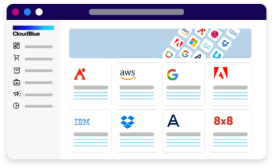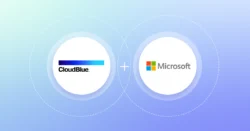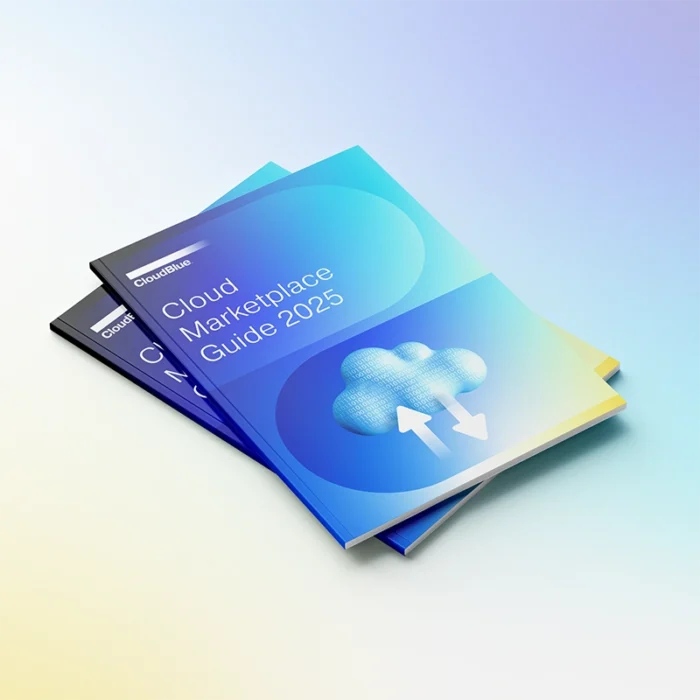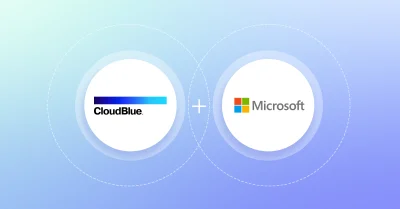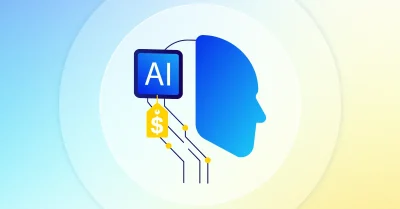Define usage-based billing
Usage-based billing is the process of calculating and collecting payment based on the amount of consumption or use of a product or solution.
What are the most common billing models for cloud?
Usage-based billing and subscription billing are two common cloud billing models. While usage-based billing is based on the amount of product or solution used, subscription billing is based on the number of users with access to a solution or product for a set period, which typically set on a per-month basis.
What are common billing models for usage-based billing?
Three common billing models for usage-based billing are per-unit pricing, tiered pricing, or volume pricing. Per-unit pricing, also called pay-as-you-go pricing, charges the customer a set amount for each user per month. This first type of billing is like subscription billing.
Tiered pricing, however, is based on the amount of consumption. As more of the product or solution is consumed, the charge per consumption level increases incrementally based on a tiered pricing structure.
With volume pricing, a similar tiered pricing structure is followed, with an added advantage that the price charged will decrease once a large level of consumption is reached within each tier.
What are common value metrics used to determine usage-based pricing?
There are several ways to determine pricing for the usage-based pricing model. One way is to establish value based on metrics. Some common value metrics to determine usage-based pricing are the number of users. This metric is also used in subscription-based pricing, and it aligns with the pre-unit or pay-as-you-go pricing model.
A value more relevant to usage-based billing is data. The amount charged is based on the amount of data consumed. Another common value metric is events. Here, pricing is based on the number of events processed.
How is customer usage rated?
In a usage-based billing model, a price or a rate is assigned to a certain level of consumption. The process of rating an amount of consumption is based on which billing model you choose, and which value metrics are used. Some organizations follow a combination of billing models and value metrics.
Rating customer usage will involve making decisions about which billing models and value metrics to follow and establishing pricing based on these choices.
As consumption must be measured at a particular time as well as intermittently, it’s important to have an accurate way of measuring consumption along the way. Measuring consumption quickly becomes complex, especially at scale. Having an automation solution or platform in place that can streamline usage-based billing can ensure accuracy and efficiency.
Customers expect to see their usage tracked and provided to them. This is where a billing automation solution or platform comes in to overcome this challenge and make it possible to deliver usage data to customers.
Usage tracking software enables organizations to provide alerts to their customers when usage limits are close to being reached. Once an alert is received the customer can decide whether to continue use and incur overage fees.
How is usage-based billing tracked for cloud solutions?
Usage-based billing for cloud solutions can be tracked by manual means, but this creates complexity and billing can be difficult to manage in this way. Usage-based billing software can be used to automate the manual processes involved in usage-based billing.
What are the benefits of usage-based billing?
Usage-based billing can save customers money because they only pay a set rate or the rate based on actual consumption, which works well especially for small to mid-sized businesses. Customers clearly understand the amounts they have consumed through reporting which helps to build trust and improves the customer experience.
In addition, the billing does not auto-renew so customers only need to pay when they are using the solution or product, which can also reduce their costs and increases customer satisfaction.
What is usage-based billing software?
Usage-based billing software automatically tracks consumption of product and solution for any number of customers and generates invoices quickly and easily with minimal effort on the part of the software user. As pricing calculations with tiered and volume pricing can quickly become complex and time consuming, usage-based billing software helps overcome this obstacle.
What are the challenges of usage-based billing?
Usage-based billing has inherent complexities, including selecting the best value metrics, tracking usage continuously and intermittently, and reporting usage in real time to customers. As the number of customers grows, tracking usage becomes increasingly difficult at scale.
Forecasting recurring revenue is more difficult when following a usage-based billing model as revenue will fluctuate as consumption by customers varies.
Is usage-based billing used for SaaS?
Yes, usage-based billing can be used for SaaS. Typically, this follows the per-unit or pay-as-you-go pricing based on the number of users. Therefore, the value of consumption is the number of users, rather than the amount of product or solution consumed.
In essence, the usage-based billing model is the same as subscription-based billing. In contrast, consumable offerings like IaaS typically follow the usage-based billing models based on the amount of consumption and the cost is tied to tiered and volume pricing.

